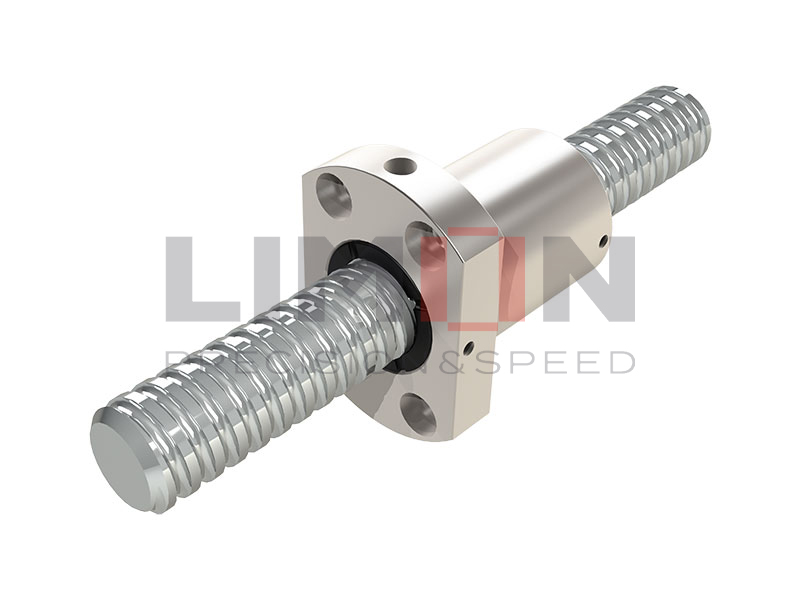Inaccurate motor control causes wasted time, reduced efficiency, and costly failures. Without proper control, stepper motors underperform. The solution: mastering their speed and control methods.
Stepper motors are controlled by electrical pulses that define their position, speed, and direction. Speed control depends on input pulse frequency, ensuring precise, repeatable, and reliable performance in diverse applications.
Let’s dive deeper into how stepper motors are effectively controlled.
Advantages And Disadvantages Of Stepper Motors
Stepper motors are widely used because of their unique stepping action, which allows precise positioning without requiring feedback systems. Their advantages include:
Accuracy and repeatability: They rotate in fixed increments, ensuring precise control.
Simplicity: Open-loop control eliminates complex encoders.
Reliability: No brushes, making them durable and maintenance-free.
Excellent low-speed torque: Suitable for tasks requiring controlled motion at low speeds.
However, there are disadvantages:
Limited high-speed capability: Torque decreases at higher speeds.
Efficiency issues: Stepper motors consume power even when stationary.
Resonance and vibration: May occur at certain speeds.
Possible step loss: If overloaded, the motor may skip steps without feedback correction.
Balancing these pros and cons is critical when selecting stepper motors for applications requiring precision, affordability, and moderate torque.
Control Of Stepper Motors
The control of stepper motors relies on energizing stator windings in a sequential manner. Each pulse energizes coils, creating magnetic fields that move the rotor incrementally. The number of pulses determines the angle of rotation, while pulse sequence dictates direction.
Comparison Of Control Methods
| Control Method | Characteristics | Applications |
|---|---|---|
| Wave Drive | One phase energized at a time, low torque | Simple, low-power devices |
| Full-Step Drive | Two phases on, higher torque, stable motion | CNC machines, robotics |
| Half-Step Drive | Alternates 1-phase and 2-phase, higher resolution | Printers, 3D machines |
| Micro-Stepping | Smoothest motion, divided steps, best accuracy | High-precision automation, medical use |
Modern stepper motor drivers often combine micro-stepping with current optimization to enhance efficiency, reduce resonance, and improve speed performance.
Speed Control Of Stepper Motors
Speed control is one of the most important aspects of stepper motor operation. Unlike continuous-rotation motors, stepper motor speed is entirely determined by the frequency of input pulses sent to the motor driver.
Low frequency pulses = slow motor speed.
High frequency pulses = faster rotation.
Acceleration and deceleration profiles, also known as ramping, are essential for avoiding missed steps. By gradually increasing or decreasing the pulse frequency, the motor achieves smooth and stable motion. Advanced controllers can dynamically adjust these profiles to suit changing load conditions.
Stepper motors can achieve extremely accurate speed regulation when pulse trains are carefully managed, which makes them ideal for automation, robotics, CNC machinery, and medical devices where precision is critical.
Speed Of Stepper Motors Are Controlled By Input Pulses
The unique design of stepper motors allows speed to be directly tied to input pulses. For example:
If the motor has 200 steps per revolution, and receives 200 pulses per second, it rotates at 1 revolution per second (60 RPM).
Doubling the pulse frequency doubles the speed, but also requires the motor to handle the additional torque demand.
This makes pulse frequency the defining factor in motor speed, offering unmatched simplicity compared to other motor types. However, excessive pulse frequency without proper ramping can cause the motor to stall. Therefore, choosing the correct pulse rate, driver, and power supply is essential.
Overcoming Your Problems With Stepper Motors
While stepper motors are precise, they are not without challenges. Common problems include step loss, overheating, vibration, and insufficient torque at high speeds. Solutions include:
Using micro-stepping drivers for smoother motion.
Implementing closed-loop systems with encoders for critical applications.
Ensuring proper power supply voltage and current.
Designing appropriate acceleration/deceleration profiles to avoid stalling.
Applying correct lubrication and cooling for thermal management.
By addressing these challenges with proper design and preventive practices, stepper motors deliver reliable performance across industries.
Conclusion
Stepper motors offer unmatched precision and control when managed through proper input pulses and speed regulation techniques.For further questions please contact [email protected]




